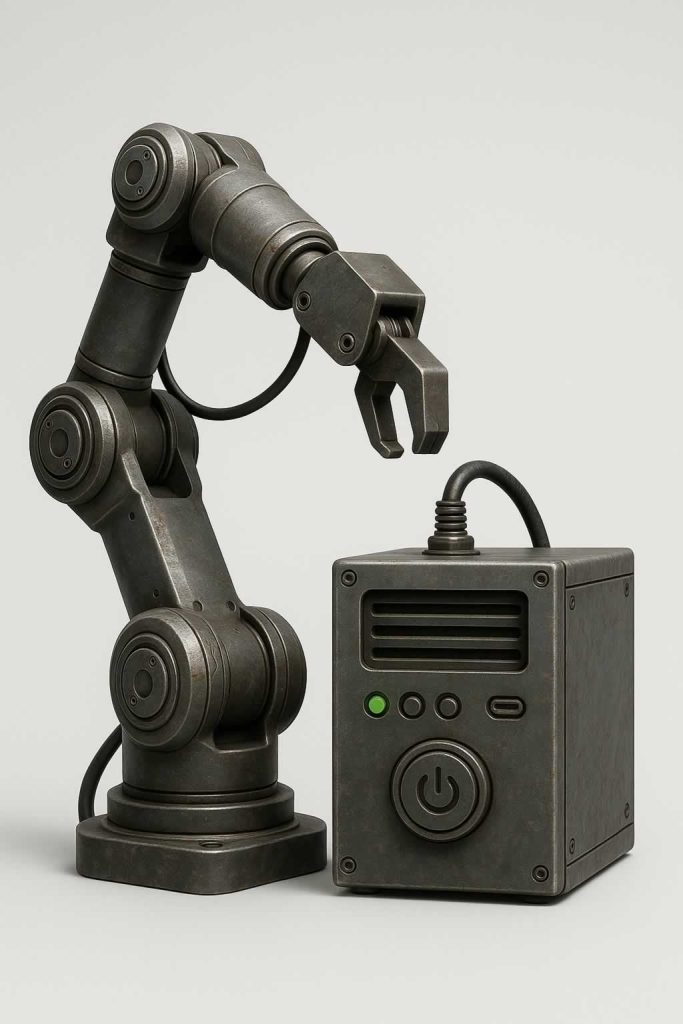

Yes, you can use n8n to trigger chatbot responses, and it works especially well when you want to connect AI-powered bots with custom workflows or backend systems. At AEHEA, we often use n8n to manage how a chatbot reacts to events, pulls in live data, or automates real-world actions after a user sends a message. It gives you complete control over when, how, and where your chatbot responds.
There are a few ways to set this up. The most common approach is to start with a Webhook node in n8n that listens for incoming messages from your chatbot platform. That message can contain the user’s input, their ID, and the conversation context. Once the message hits the workflow, n8n can trigger any number of steps such as querying a database, calling an external API, or sending content to a language model like GPT. The response generated can then be returned to the user through a follow-up message.
You can also use n8n to act as a middleware layer between your chatbot and multiple services. For example, a chatbot could ask a customer for an order number, send that to n8n, which checks your system for order status, formats the response, and sends it back to the bot. This setup works across platforms like WhatsApp, Facebook Messenger, Telegram, Slack, or even custom web-based bots. n8n can communicate through HTTP, JSON, email, and other channels, giving you full integration flexibility.
At AEHEA, we often build logic inside n8n that handles complex flows like branching based on user input, retrying failed requests, or escalating to human agents when needed. Using n8n this way turns a chatbot from a static tool into a smart assistant that interacts with your entire business system. The result is a responsive, dynamic, and fully integrated chat experience.
